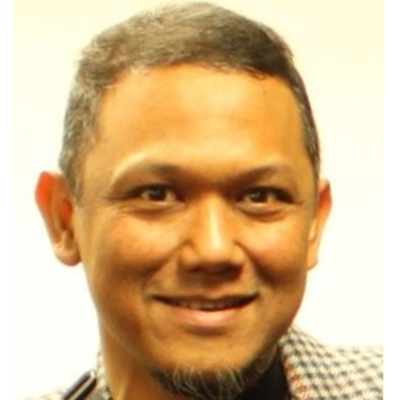TA Spotlight: Setyo Nugroho

Setyo Nugroho is a TA for CS 6035: Introduction to Information Security. Keep reading to learn more about Setyo!
What do you do professionally?
I am currently working as Product Security TPM (Technical Program Manager) for HP. Being a TPM, I wear many hats, including: reviewing vulnerabilities and driving resolution from our engineering teams; communicating the risk, status, and plan to management; and finally publishing mitigation availability to our customer in the form of security bulletins. In my previous life, I was a System Firmware/BIOS engineer, and I hacked Assembly and C code to get our workstation to boot the OS.
Why do you TA for OMSCS?
I love C and Assembly code, and helping students with the binary exploitation project for CS 6035: Introduction to Information Security is both fun and rewarding. It allowed me to help others succeed while keeping me sharp in this area. The course has evolved as well, and it helps keep me up to date with the latest security issues in different areas such as web security, which I wouldn’t normally get exposed to at work.
What's your advice for future students in OMSCS?
For those still on the fence about joining one of the OMS programs, I’d say, “Go for it!”. For me personally, it’s been one of my most rewarding educational experiences I've had, with relatively low risk (e.g., low tuition, and you can control the time invested in the program by selecting the number of classes you take). Not only did I learn a lot from the classes, but I also met many interesting people in the process. We have a thriving student community in Slack; join them, and your journey will be a lot less lonely.
What's your best study hack?
This program (I am currently enrolled in the OMS-Cybersecurity program, Information Security track) is not easy; however, most people can do it if they are prepared (pay attention to the prerequisites mentioned in the syllabus). Just make sure you start early on your assignments, and be methodical in finding solutions. Be ready to work hard and get your hands dirty, read the instructions carefully, and monitor the discussion board. If all else fails, make sure you drop the course before the drop deadline for a “W”, and come back stronger next time. If your background is not in Computer Science (like me), pay extra attention to the background knowledge requirements for theoretical CS courses such as CS 6260: Applied Cryptography before you take them, and make sure you are ready. Talk to people who already took it, and/or take similar MOOC classes when necessary.